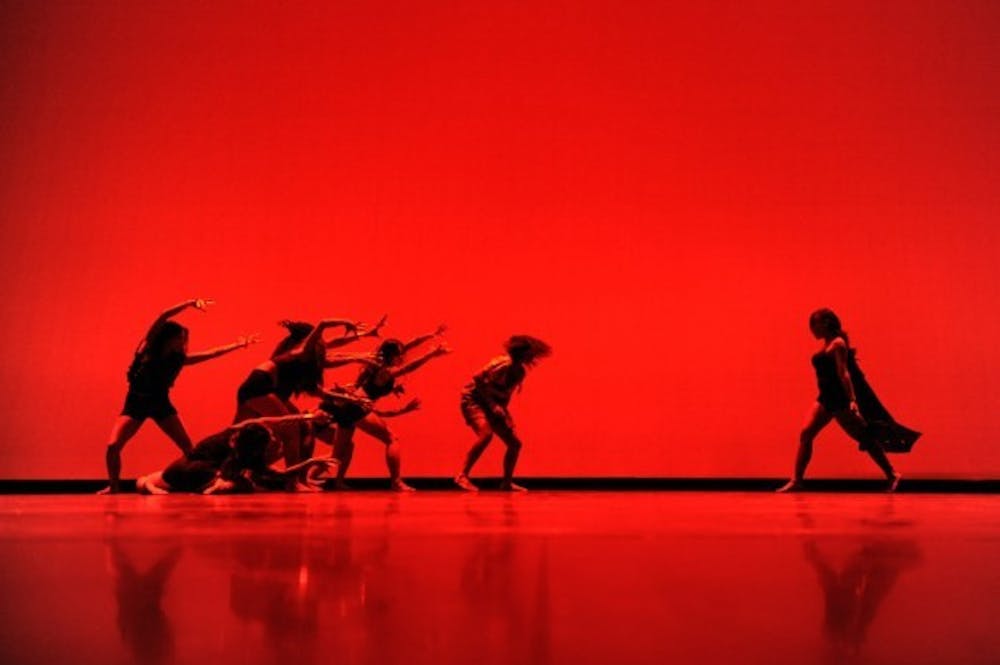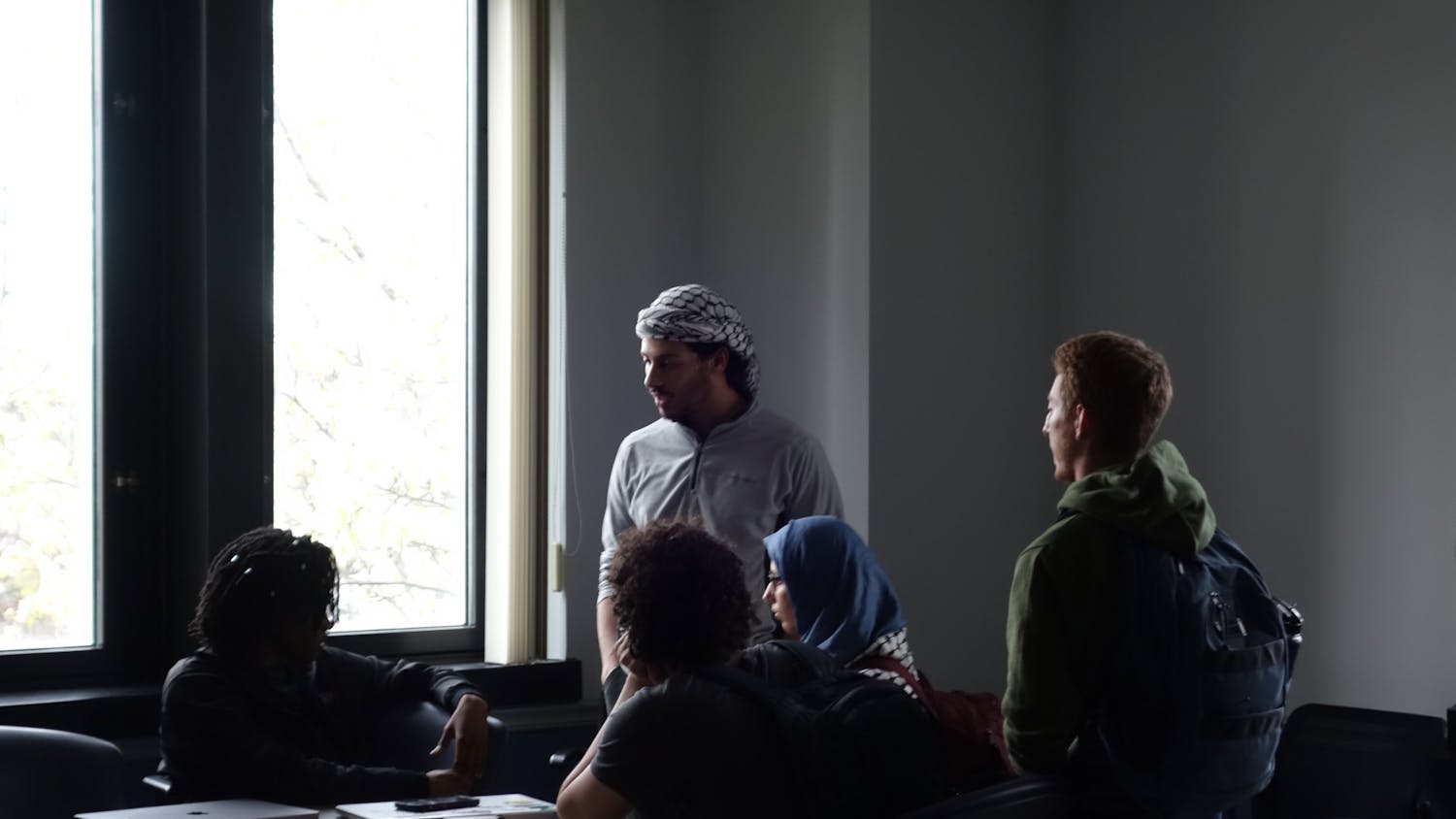In the spirit of Halloween, The Spectrum reached out to students of various cultures to talk about their respective country’s creepiest folktales.
China
A Chinese folktale marks August as the month where the gates of hell open and all spirits, both good and bad, roam freely on earth. The bad spirits are said to play pranks on people and are “vengeful,” according to Melissa Han, a senior nursing major.
Han said during August, people are warned to be more careful because spirits are out to cause trouble. Parents use this story to scare their children from going too far out when swimming and to not stay out late at night.
Han said she has a friend who swims frequently, but during August, her parents don’t let her go into the deep end because the spirits might pull her down.
Han also said when she was young and the wind would howl, she would imitate the sound because she found it funny. Her aunt told her the howling is actually the sound of ghosts screaming.
By mocking this sound, Han was told she was making fun of the ghosts and they will twist her mouth. Since then, she has no longer imitated the sound because she finds the story frightening.
Philippines
During last year’s International Fiesta, Filipino American Student Association (FASA) used its performance to tell the story of the manananggal, a mythical creature, which preys on pregnant women.
The creature has a long tongue with a pointed tip, sharp claws and bat wings. Its top half can detach to attack its victims.
The story goes, when a pregnant woman is sleeping, the manananggal will creep in through her window, use its tongue to go through her belly button and eat the fetus. The creature will then leave its prey to die.
Rachel Mesina, a sophomore pre-pharmacy major, played the role of the pregnant woman during the show and said the manananggal is “one of the scariest mythical creatures” in Filipino culture.
Mesina, the cultural chair of FASA, said her grandmother mentioned the story to her when she was in the Philippines. It was raining when her grandmother was retelling the tale, and Mesina said when it rains in the Philippines, it is like a monsoon.
The combination of the frightening story and not being able to see anything outside really scared her, Mesina said.
Another legend FASA will recreate for its Barrio Fiesta on Nov. 21 is the story of Tiyanak, a demon that takes the form of a baby. The Mandaya people of Mindanao in the Philippines believe the Tiyanak is the spirit of a baby whose mother died before childbirth. Other versions say the Tiyanak is due to infants who died before they have been baptized.
Mesina said the demon disguises itself as a baby and plants itself in the middle of the forest. The baby cries to attract people and if someone picks the baby up, it will show its “true form” and eat the person alive.
This was a story parents told their children to warn them from going into the woods at night, Mesina said.
South Korea
A well-known tale in South Korean culture introduces two sisters whose father remarries a woman, described as “creepy,” according to Jiyoung Choi, a senior business marketing major and a member of the Korean American Student Association.
In the folklore, the stepmother gives birth to three sons during the marriage and begins to worry about money because the two sisters will inherit the money when they get married.
As a result, the stepmother killed a rat and rubbed the blood on the older daughter’s bed to make it seem like she had an abortion. This was a big deal for that time period and because she was a single woman. The stepmother tells the father and suggests killing the daughter.
The stepmother has her son push the older daughter into the lake. When the younger daughter finds out, she commits suicide by jumping into the lake.
The two sisters become ghosts and return to tell people what their stepmother had done.
Every night, they pay a visit to the village’s officers, which causes the officers to die from fear-induced heart attacks.
One man applies to be an officer and one night, he meets the ghosts. He is the only one to not die from fear and goes on to arresting the stepmother. He then has the stepmother and her son killed for their crimes.
The officer went to the lake where the sisters had drowned and arranged a proper burial.
The story ends with the sisters paying him one last visit to thank him and to wish him a good life.
Choi said this is a story many children in South Korea read in books and are familiar with. The legend has been recreated into movies and a TV drama in South Korea as well.
email: news@ubspectrum.com





